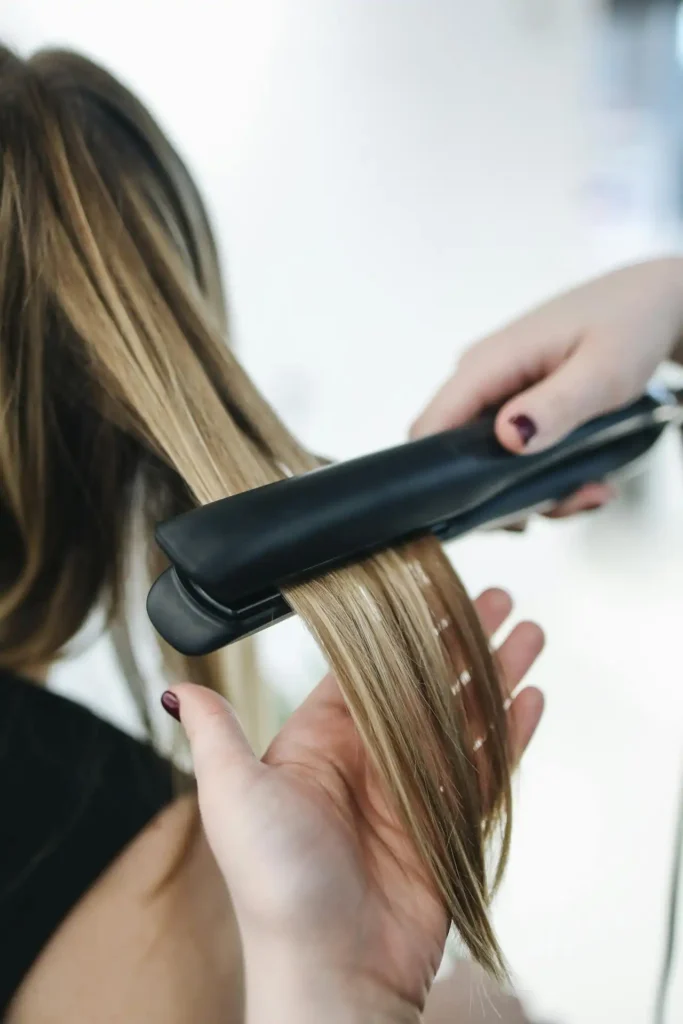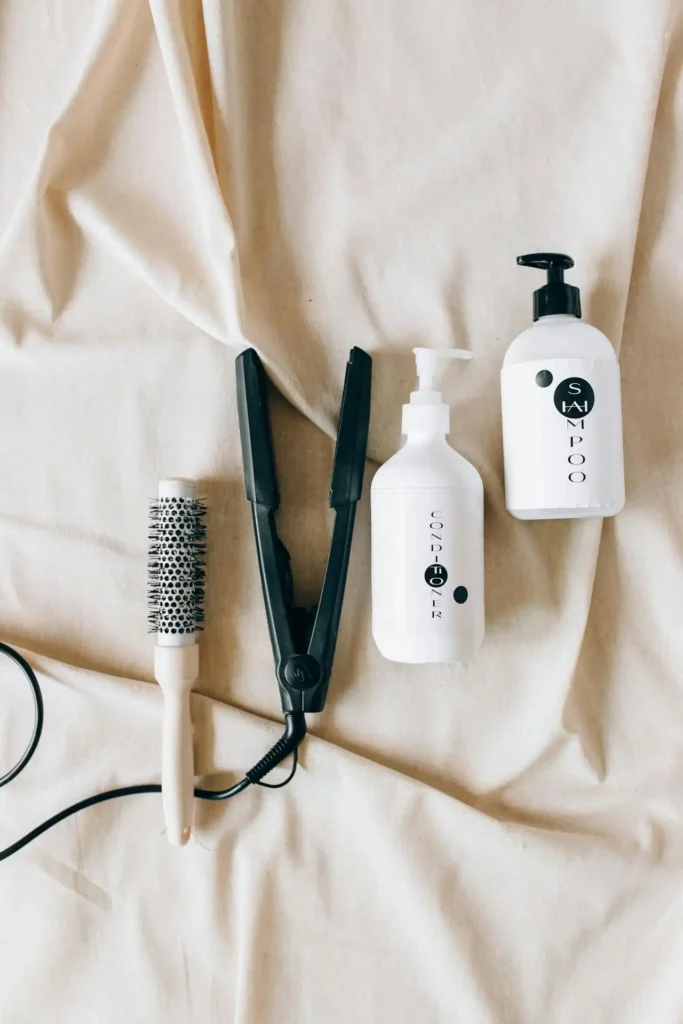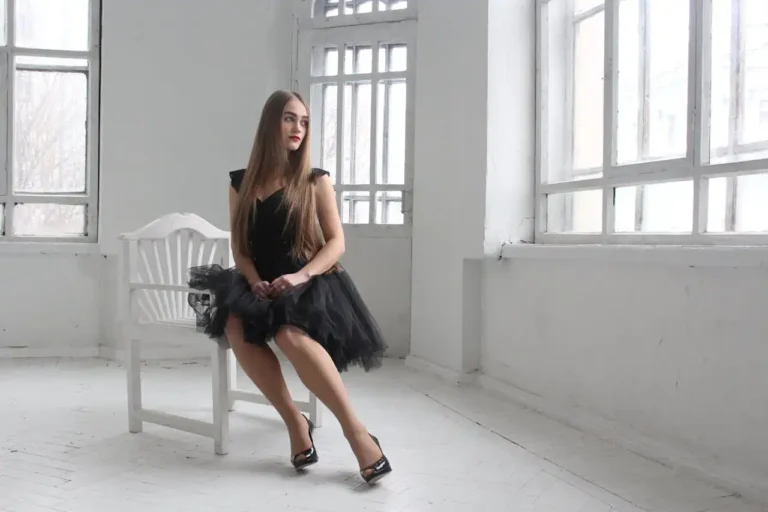Hair Color Maintenance Tips: Make Your Dye Last Longer
You’ve just walked out of the salon with gorgeous, vibrant hair color that makes you feel like a million bucks.
But here’s the reality: maintaining that fresh-from-the-salon look requires some effort. Your hair color doesn’t have to fade quickly if you follow the right maintenance routine.
Invest in Color-Safe Hair Products

Your regular drugstore shampoo might be sabotaging your beautiful new color without you even realizing it.
Most conventional shampoos contain harsh sulfates that strip away color molecules with every wash. These chemicals work like tiny scrubbers, lifting the color right out of your hair shaft.
Switch to sulfate-free, color-safe shampoos and conditioners specifically designed for color-treated hair. Look for labels that specifically mention “color protection” or “sulfate-free.”
These products contain gentler cleansing agents that clean your hair without compromising your color investment.
Don’t forget about your conditioner either. Color-safe conditioners help seal the hair cuticle, locking in moisture and color.
They create a protective barrier that prevents color molecules from washing away during future shampoo sessions.
Many color-safe products also contain UV filters and antioxidants that provide additional protection against environmental damage.
This extra layer of defense helps your color stay vibrant longer, making your salon investment worthwhile.
Reduce Your Washing Frequency
Here’s a simple truth: the more you wash your hair, the faster your color fades. Every time water and shampoo touch your strands, some color molecules get washed down the drain.
You can significantly extend your color’s lifespan by washing your hair less frequently. Find the balance that works for your specific situation while still protecting your color.
Try to stretch the time between washes to every two or three days instead of daily washing. This adjustment alone can double the longevity of your hair color.
Your scalp’s natural oils will also help protect your color while keeping your hair healthy and moisturized.
If you’re used to daily washing, this transition might feel uncomfortable at first. Your hair might seem oily or flat initially, but your scalp will adjust within a week or two.
During this adjustment period, focus on styling techniques that work with your hair’s natural texture.
Consider your lifestyle when determining your washing schedule. If you exercise frequently or have an oily scalp, you might need to wash more often than someone with dry hair.
Use Cool Water for Washing
Hot water feels amazing on your scalp, but it’s terrible for your hair color. High temperatures open up your hair cuticles, allowing color molecules to escape more easily.
This process happens every time you expose your colored hair to hot water, whether in the shower or while washing your face.
Switch to lukewarm or cool water when washing your hair. Cool water helps seal your hair cuticles, trapping color molecules inside where they belong.
This simple change can make a dramatic difference in how long your color stays vibrant and true to the original shade.
Start your shower with warm water for comfort, then gradually turn down the temperature when you’re ready to wash your hair.
Finish with a cool water rinse to seal everything in place. Your hair will thank you with longer-lasting color and increased shine.
The adjustment to cooler water temperatures might take some getting used to, especially during colder months.
However, the benefits to your hair color make this small sacrifice worthwhile. You’ll notice your color stays richer and more vibrant between salon visits.
Protect Your Hair from UV Damage
The sun’s UV rays don’t just damage your skin; they also fade your hair color faster than almost anything else.
UV exposure breaks down color molecules and can turn your beautiful brunette brassy or make your vibrant red look dull and lifeless.
Invest in hair products that contain UV protection, such as leave-in conditioners or styling sprays with SPF.
These products create an invisible shield around your hair strands, blocking harmful rays before they can damage your color. Apply these products every time you plan to spend time outdoors.
Physical protection works wonders too. Wear hats, scarves, or use umbrellas when you’re spending extended time in direct sunlight.
Wide-brimmed hats provide excellent coverage and can be a stylish addition to your summer wardrobe while protecting your investment.
Consider your daily sun exposure when planning your color maintenance routine. If you work outdoors or spend lots of time by windows, you’ll need extra UV protection.
Pool chlorine and saltwater also intensify sun damage, so take extra precautions during beach or pool days.
Deep Condition Regularly

Color-treated hair tends to be more porous and damaged than natural hair, making regular deep conditioning treatments essential for color longevity.
Deep conditioners penetrate the hair shaft, filling in microscopic gaps and creating a smoother surface that reflects light better.
Schedule deep conditioning treatments once or twice a week, depending on your hair’s condition and porosity.
Look for masks specifically designed for color-treated hair, as these contain ingredients that help lock in color while providing intensive moisture.
Apply deep conditioning treatments to damp hair, focusing on the mid-lengths and ends where damage is typically most severe.
Leave the treatment on for the recommended time, then rinse thoroughly with cool water. Your hair will feel softer and your color will appear more vibrant.
Don’t skip this step even if your hair feels fine. Preventive care works better than trying to repair damage after it’s already occurred.
Regular deep conditioning keeps your hair healthy and creates the ideal environment for long-lasting color.
Minimize Heat Styling
Heat styling tools like blow dryers, flat irons, and curling wands can quickly fade your hair color by opening the cuticle and allowing color molecules to escape.
High temperatures essentially “cook” your hair, causing permanent damage that makes color fade faster.
When you must use heat styling tools, always apply a heat protectant product first. These products create a barrier between your hair and the hot tool, reducing damage and color loss.
Choose heat protectants specifically designed for color-treated hair for maximum benefit.
Lower the temperature settings on your styling tools whenever possible. Most hair types don’t need the highest heat settings to achieve great results.
Experiment with lower temperatures and longer styling times to find what works for your hair without causing excessive damage.
Air drying and heat-free styling methods become your best friends when you’re trying to preserve hair color.
Embrace techniques like braiding damp hair for waves, using foam rollers for curls, or learning new up-dos that work with your natural texture.
Use Color-Depositing Treatments
Color-depositing shampoos, conditioners, and masks can help refresh your color between salon visits.
These products contain small amounts of hair dye that gradually deposit color onto your strands, helping to counteract fading and maintain vibrancy.
Choose color-depositing products that match your hair color as closely as possible.
Purple shampoos work wonders for blonde hair, while red-tinted products help maintain auburn and copper shades. Brunettes can benefit from products with brown or espresso tones.
Use these products sparingly at first to avoid over-depositing color. Start with once a week and adjust the frequency based on how your hair responds.
Some people can use color-depositing products every few washes, while others need them less frequently.
Read the instructions carefully and follow timing recommendations exactly. When in doubt, err on the side of caution.
Leaving color-depositing products on too long can result in uneven color or an overly intense shade that doesn’t match your original color.
Sleep on Silk or Satin Pillowcases
Cotton pillowcases can be rough on colored hair, causing friction that leads to color loss and damage.
The rough texture of cotton can catch and pull on your hair strands throughout the night, gradually wearing away your color investment.
Silk or satin pillowcases provide a smooth surface that allows your hair to glide freely as you move during sleep.
This reduced friction helps prevent color fading while also reducing tangles and breakage. Your hair will look smoother and more vibrant in the morning.
If silk pillowcases aren’t in your budget, consider wrapping your hair in a silk or satin scarf before bed.
This technique provides similar benefits at a fraction of the cost. Many people find that this method also helps preserve their hairstyle overnight.
The benefits extend beyond color protection. Silk and satin are less absorbent than cotton, so they won’t draw moisture away from your hair.
This helps maintain your hair’s hydration levels, which is crucial for color longevity and overall hair health.
Schedule Regular Trims
Split ends and damaged hair don’t hold color as well as healthy hair. Regular trims remove this damaged hair and help your color look fresh and vibrant.
When your hair is damaged, the cuticle becomes raised and rough, allowing color molecules to escape more easily.
Schedule trims every 6-8 weeks, even if you’re trying to grow your hair longer. Healthy hair reflects light better, making your color appear richer and more dimensional.
Removing just a small amount of damaged ends can make a significant difference in how your color looks and lasts.
Don’t wait until your ends are visibly split or damaged. Preventive trimming works much better than trying to repair severely damaged hair.
Your stylist can assess your hair’s condition and recommend the appropriate trimming schedule for your specific situation.
Regular trims also help maintain your haircut’s shape, which can make your color look more polished and intentional.
A well-maintained cut enhances your color investment and keeps you looking fresh between major color services.
Use Dry Shampoo Strategically

Dry shampoo isn’t just for emergencies; it’s a valuable tool for extending your color’s lifespan.
By absorbing excess oil and refreshing your hair between washes, dry shampoo allows you to go longer between shampoo sessions that can strip away color.
Apply dry shampoo to your roots before they become noticeably oily for best results.
This preventive approach works better than waiting until your hair looks greasy. Focus on areas that tend to get oily first, typically around your hairline and crown.
Choose a dry shampoo that matches your hair color to avoid leaving visible residue.
Clear formulas work for most hair colors, while tinted versions can help blend with darker shades and even add subtle color refreshment.
Don’t rely on dry shampoo for more than two consecutive days between washes.
While it’s excellent for extending time between washes, your scalp still needs regular cleansing to maintain healthy hair growth and prevent product buildup.
Conclusion
Maintaining your hair color doesn’t have to be complicated or expensive.
These simple changes to your routine will keep your color looking salon-fresh for weeks longer than usual.






